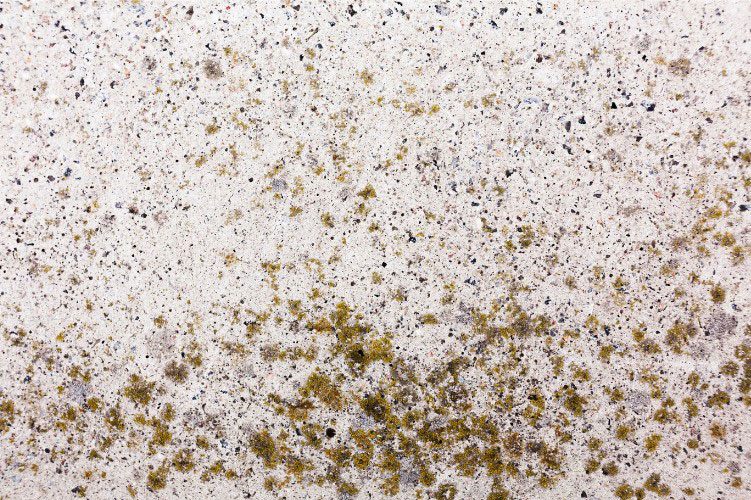Biohazards potentially lurk within our homes, often unbeknownst to us. The term ‘biohazard’ is often associated with laboratories and hospitals, where hazardous organic materials can prove life-threatening. However, your home is not immune to these threats. To ensure your family’s safety, it is essential to develop an understanding of biohazard risks at home, learning to properly identify and deal with them to prevent harm to health. This knowledge empowers individuals to take proactive measures, such as proper waste disposal, maintaining hygiene in living spaces, and recognizing potential sources of contamination, thereby creating a safer home environment for all residents.

Defining Biohazards
In essence, a biohazard is any biological material that poses a threat to the health of living organisms, primarily humans. These biological materials can be viruses, bacteria, medical waste, human or animal remains, contaminated items, and even dangerous toxins produced by these harmful organisms. Biohazards can be airborne, or they may be present on surfaces or items that humans regularly come into contact with.
Types of Common Household Biohazards
The first step in understanding biohazard risks at home is recognising what they look like. Here are some commonly encountered household biohazards:
1. Mold and Fungi

Mold can grow in any damp, dark places in your home, including under the carpet, inside the bathroom, behind the wallpaper, in the basement or in the attic. Exposure to mold can lead to serious respiratory problems, skin irritations, and other health issues.
2. Blood and Body Fluids
Accidents happen. Whether it’s a minor cut or a significant injury, the blood or body fluids can contain pathogens that are harmful if they come into contact with another person. Immediate attention to proper wound care and thorough cleaning is crucial in preventing the potential transmission of infectious agents, underscoring the importance of swift and effective response to minimize health risks.
3. Sewage
Raw or untreated sewage from kitchen drains and pipe leaks can harbor numerous harmful microorganisms, posing serious health risks. Immediate attention and professional intervention are crucial to address sewage leaks and ensure proper sanitation to prevent the spread of pathogens. This underscores the importance of swift action to safeguard the health of individuals in affected environments.
4. Household Chemicals
Certain cleaning products, paints, and other chemicals can pose biohazards. These substances may contain harmful components, such as toxins or irritants, which can jeopardize health if not handled properly. It underscores the importance of understanding and following safety guidelines when using such products to minimize the risk of exposure to potentially hazardous substances.
5. Rodents and Pests
The droppings, urine, and remains of rodents and pests can spread lethal diseases. These disease vectors underscore the importance of prompt and thorough pest control measures to minimize health risks associated with the presence of such contaminants. Proper cleaning and disposal procedures are essential in preventing the transmission of diseases linked to rodent and pest infestations.
Identifying Biohazards at Home
The presence of biohazards at home can often be identified by physical symptoms. For instance, mold exposure can trigger allergies, asthma attacks, skin rashes, and a persistent cough. Similarly, living in close proximity with rodent waste can lead to diseases like Hantavirus Pulmonary Syndrome and Leptospirosis. Therefore, frequently feeling unwell may be a sign that you’re living with biohazards.
Dealing with Biohazards
The process of dealing with biohazards essentially involves three steps: identification, evaluation, and mitigation.
- Identification: This involves determining the source of biohazards, such as sewage leaks, damaged asbestos, or presence of mold.
- Evaluation: Once the preliminary identification step is complete, a more in-depth analysis of the biohazard is required. This can involve seeking professional help and conducting lab tests.
- Mitigation or Cleaning: This is essentially the process of cleaning up the biohazard and removing the source of contamination. This can involve professional services in case of severe contamination.
Preventing Biohazards at Home
Prevention is better than cure, and the same is true for biohazards. Regular cleaning can significantly reduce the likelihood of biohazards at home, encompassing proper sanitation practices, especially in the bathroom and kitchen. Immediate and thorough cleaning of blood or body fluids is crucial, as is regular inspection of the home for mold and other fungi. Additionally, proper handling, storage, and disposal of chemical products contribute to a safer living environment. Implementing regular pest control measures further fortifies these preventive efforts, ensuring a home that is not only clean but also minimizes the risk of biohazards for the well-being of its residents.
Final Thoughts
Understanding and dealing with biohazards at home is crucial for maintaining a healthy living environment. Remember, your first line of defense against biohazards is sufficient knowledge and precaution. Regularly educating yourself and ensuring your home remains clean will keep most biohazards at bay. If you suspect a biohazard threat that you cannot handle yourself, don’t hesitate to reach out to professionals who specialize in biohazard cleaning services.


